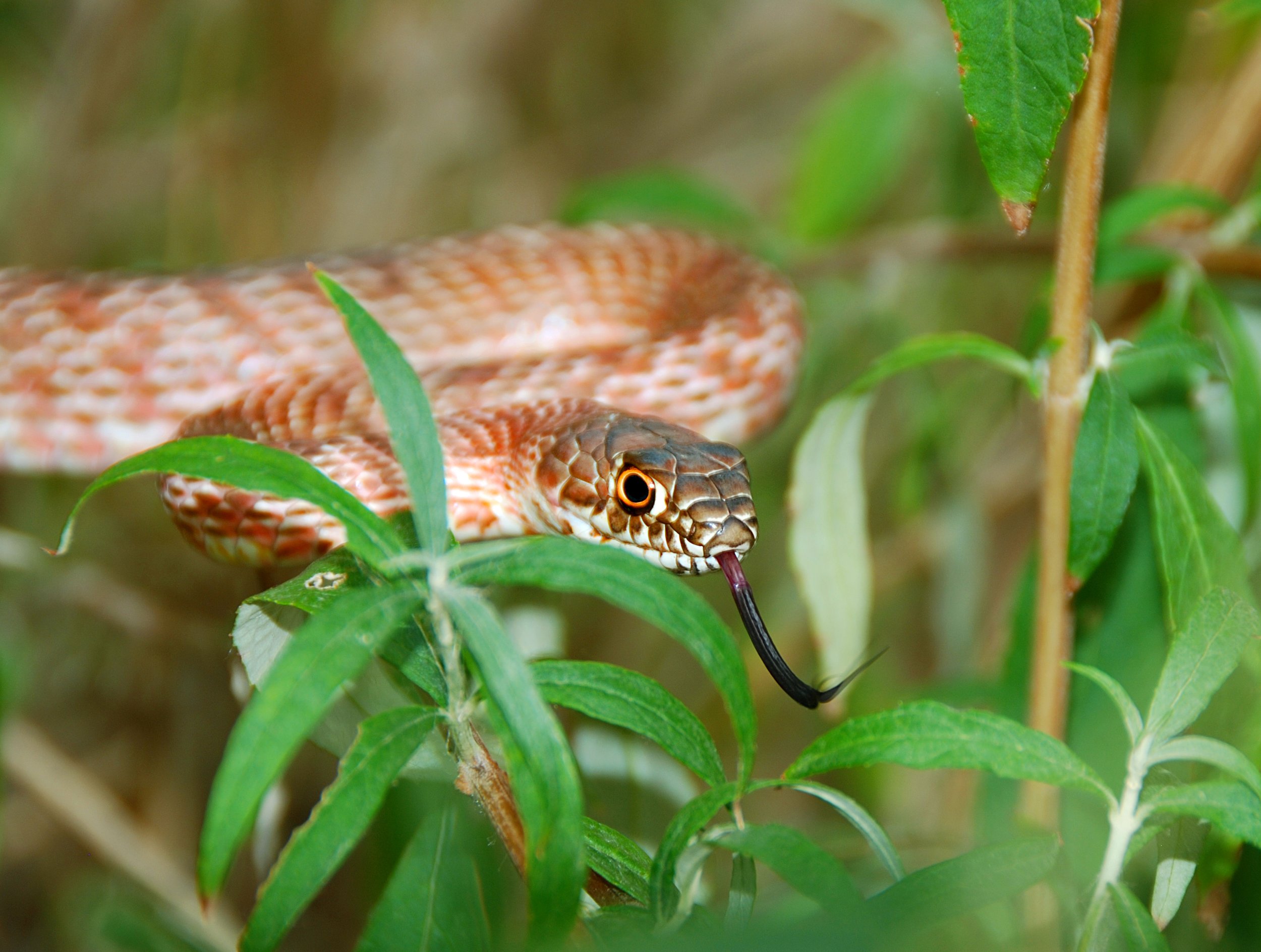Step One: Make like a Snake
We could begin our garden planning in a New Year’s, get-hip-to-the-benefits way (set an intention! gardening is great for your health, the land, etc.).
Instead, we’re going to think “snake.” Or if that being makes you recoil, a whole bunch of “S’s.”
Start. Simple. Small.
The hardest part of this year’s garden journey may be this: the beginning. With so many competing interests on our time, energy and resources, it will take initiative, playful curiosity and a willingness to engage with something outside ourselves to start. So where to begin?
Strolling. We can take a walk outside, within or beyond our garden, and simply notice. What do we see that intrigues us? What makes us pause and think of possibilities?
Perusing. Online or in a bookstore, we can seek images of garden spaces that light us up. We can keep a file or a notebook of ideas on what we see, making it as colorful and as informational as we want.
Engaging. We can reach out to neighbors, friends and organizations for suggestions, support and story swapping (what’s worked, what’s needed, what’s made it worth the effort).
Whether we choose any of the above strategies or another, keep it simple and keep it small. Choose one area of your space to focus on and make it an accessible one. If it’s an area that will be a struggle to get to, or even see on a regular basis, it’s not the space to start with.
Also, if it’s an area that is large (more than 3’x3’ as we start out), it’s a space for another time. We don’t need our gardening journey to begin with obstacles from the outset (and overwhelm can be a primary obstacle!).
Once that small, accessible space has been chosen (and it can be a spot on the porch or a patio), come to know the lay of the land in that spot. How much light does it get? How much water? (Bearing in mind that light and water conditions change with seasons). How strong is the wind and from what direction does it come? Do tree roots undergird the space, potentially requiring plants with fibrous or shallow root systems? Is it close to the road? (Think salt spray, traffic).
What about its relation to neighbors’ spaces who use pesticide and other chemical services? (This is especially important if a vegetable patch or a pollinator patch is this year’s garden addition). Do neighbors have any plants that we enjoy and can include in our garden as well? (Continuity of a plant from one space to another is both soothing to the eye and, if it’s a pollinator and beneficial insect-friendly plant, an enhanced feeding space for those creatures).
Simply put, let’s get curious about the space outside our homes, focusing on one small, accessible area to tend. Through our gardening, we create ripples into space and time that allow those who come after us to enjoy a more colorful, vibrant and healthy world. All it takes is to start (and perhaps make like a snake).
Resources
Chicago Living Corridors. No date. https://chicagolivingcorridors.org/.
Homegrown National Park. No date. https://homegrownnationalpark.org/home.
North American Native Plant Society. 2017. “How to Start Gardening with Native Plants.” https://nanps.org/how-to-start-gardening-with-native-plants/.
Picard, Caroline and Amanda Hawkins. 2019. “7 Benefits of Gardening That Prove It Helps Your Mind and Body.” Good Housekeeping. https://www.goodhousekeeping.com/health/wellness/a22109/health-benefits-gardening/.
Thompson, Richard. 2018. “Gardening for health: a regular dose of gardening.” Clinical Medicine 18.3: 201-205. https://www.ncbi.nlm.nih.gov/pmc/articles/PMC6334070/.

